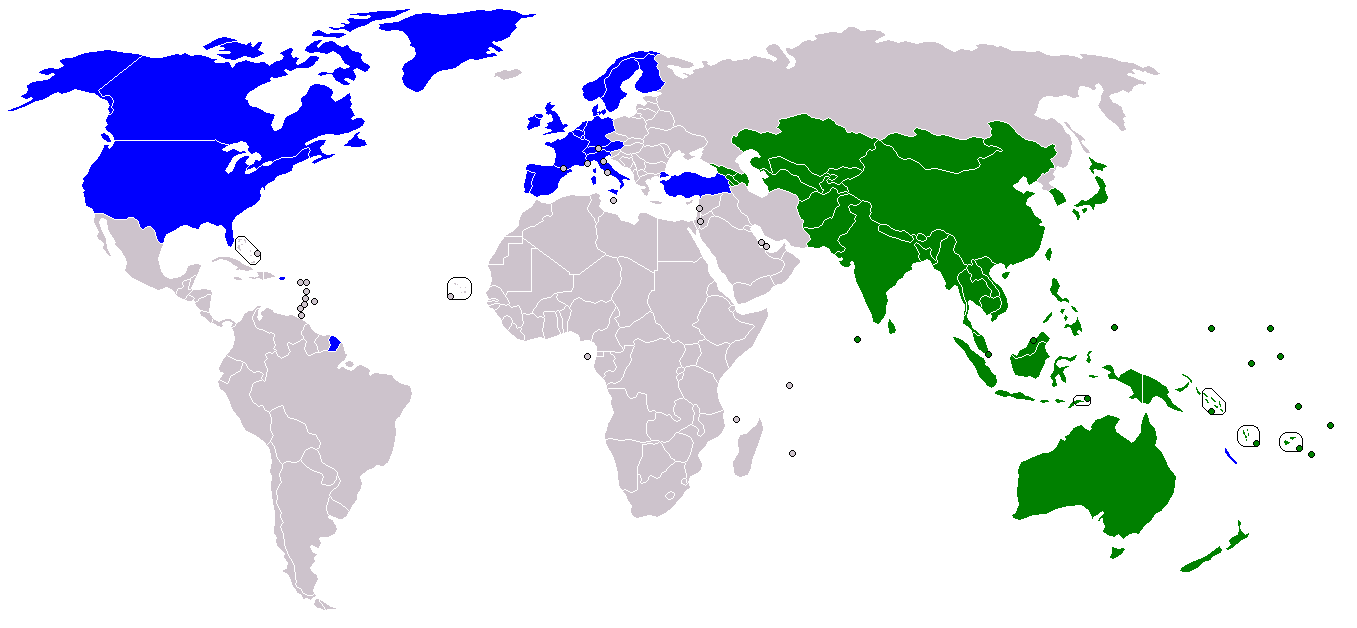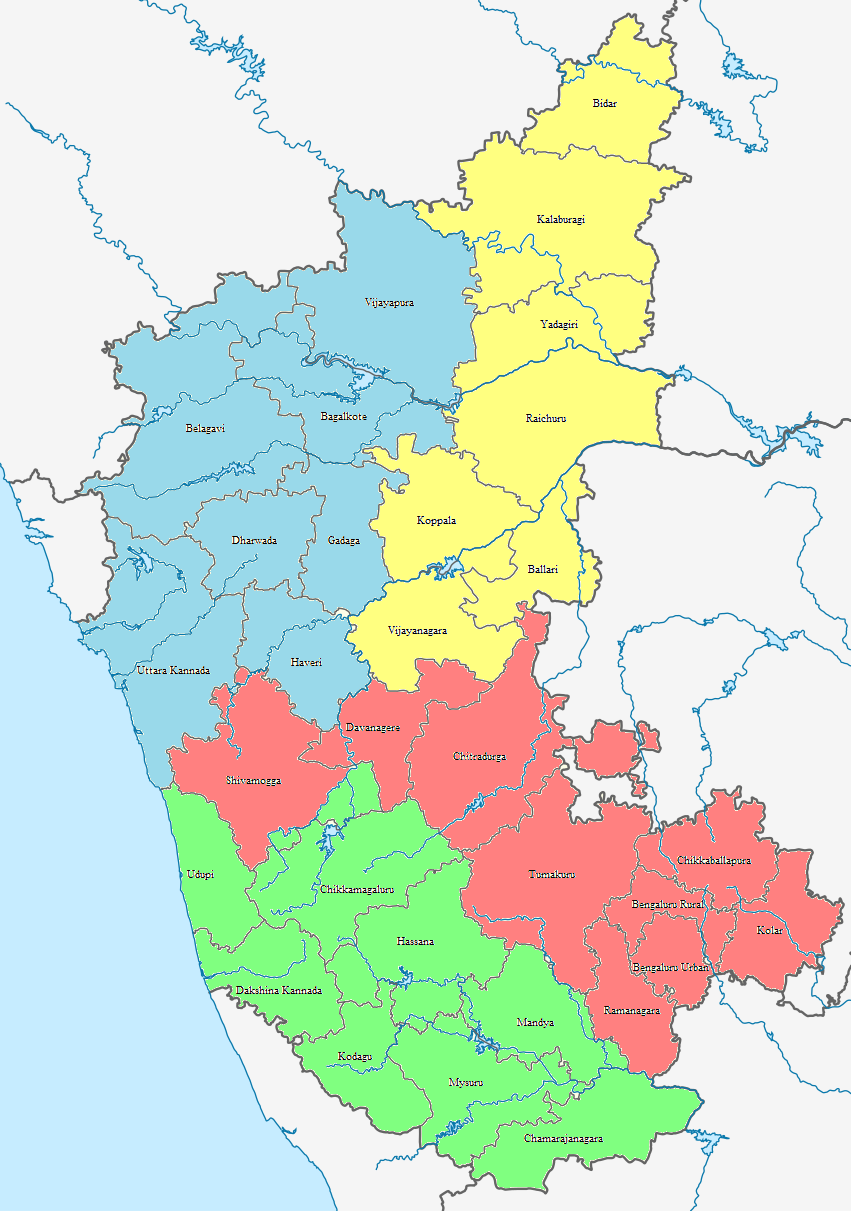|
Purple Line (Namma Metro)
The Purple Line is a part of the Namma Metro metro rail system for the city of Bengaluru, Karnataka, India. As of 2021, the line is 25.7 km and spans 23 stations from Kengeri in the southwest to Baiyappanahalli to the east. The Purple Line is mostly elevated, with 17 elevated stations, 5 underground stations and 1 at-grade station. The Line passes through many prime activity centers of the city including MG Road, Vidhana Soudha and Majestic station, which is an interchange station between Purple and Green Lines. Phase I of the Purple Line was the first underground metro section in South India. When Phase II is completed, the Purple Line will have 37 stations between Whitefield in the east and Challaghatta in the southwest, and the length of the line will increase to 42.53 km. Construction Purple Line sections were opened as indicated below. Phase I Civil construction work on Phase I of the line began on 15 April 2007 and was originally scheduled to be completed ... [...More Info...] [...Related Items...] OR: [Wikipedia] [Google] [Baidu] |
Rapid Transit
Rapid transit or mass rapid transit (MRT), also known as heavy rail or metro, is a type of high-capacity public transport generally found in urban areas. A rapid transit system that primarily or traditionally runs below the surface may be called a subway, tube, or underground. Unlike buses or trams, rapid transit systems are railways (usually electric railway, electric) that operate on an exclusive right-of-way (transportation), right-of-way, which cannot be accessed by pedestrians or other vehicles, and which is often grade-separated in tunnels or on elevated railways. Modern services on rapid transit systems are provided on designated lines between rapid transit station, stations typically using electric multiple units on rail tracks, although some systems use guided rubber tires, magnetic levitation (''maglev''), or monorail. The stations typically have high platforms, without steps inside the trains, requiring custom-made trains in order to minimize gaps between train a ... [...More Info...] [...Related Items...] OR: [Wikipedia] [Google] [Baidu] |
Magadi Road Metro Station
Magadi Road is a Namma Metro station on the Purple Line serving the Magadi Road, Bangalore. The station was constructed by Punj Lloyd and was opened to the public on 16 November 2015. The parking lot at the Magadi Road metro station can accommodate around 200 motorcycles and 50 cars. Station layout See also *Bangalore *List of Namma Metro stations *Transport in Karnataka * List of metro systems * List of rapid transit systems in India *Bangalore Metropolitan Transport Corporation Bengaluru Metropolitan Transport Corporation - (BMTC) is a state-owned public road transport corporation in the Indian city of Bengaluru. It is wholly owned by the Government of Karnataka. It serves the Bengaluru Metropolitan Region. Histor ... References External links Bangalore Metro Rail Corporation Ltd. (Official site) ''UrbanRail.Net''– descriptions of all metro systems in the world, each with a schematic map showing all stations. Namma Metro stations Railway stations ... [...More Info...] [...Related Items...] OR: [Wikipedia] [Google] [Baidu] |
Kamal Nath
Kamal Nath (born 18 November 1946) is an Indian politician who served as the 18th Chief Minister of Madhya Pradesh for approximately 15 months and resigned after a political crisis. He was the Leader of the Opposition in the Madhya Pradesh Legislative Assembly from March 2020 to April 2022. As a leader of the Indian National Congress he has served as the Minister of Urban Development. He is one of the longest serving and most senior members of the Lok Sabha, the lower house of India's bicameral Parliament. He was appointed the Pro Tem Speaker of the 16th Lok Sabha. He has been elected nine times from the Chhindwara Lok Sabha constituency of Madhya Pradesh.Profile at Parliament of India website Nath was elected president of the |
Minister Of Urban Development (India)
The Ministry of Housing and Urban Affairs (MoHUA) is a ministry of the Government of India with executive authority over the formulation and administration of the rules and regulations and laws relating to the housing and urban development in India. The ministry was under the charge of Venkaiah Naidu and was given to Hardeep Singh Puri when Naidu was elected Vice President of India. The Ministry became independent from the Ministry of Housing and Urban Poverty Alleviation in 2004, but was later re-merged with it in 2017. The ministry also published the National City Rating, which ranked the cleanest cities in India, under which Indore was rated as the cleanest. The ministry announced Smart Cities in India on 27 August 2015. In July 2019, the ministry released specifications for Metrolite transport system - a cheaper, smaller and slower metro system. Organisation Attached Offices * Central Public Works Department (CPWD) * Directorate of Estates * Directorate of Printing * Land ... [...More Info...] [...Related Items...] OR: [Wikipedia] [Google] [Baidu] |
Indian Standard Time
Indian Standard Time (IST), sometimes also called India Standard Time, is the time zone observed throughout India, with a time offset of UTC+05:30. India does not observe daylight saving time or other seasonal adjustments. In military and aviation time, IST is designated E* ("Echo-Star"). It is indicated as Asia/Kolkata in the IANA time zone database. History After Independence in 1947, the Union government established IST as the official time for the whole country, although Kolkata and Mumbai retained their own local time (known as Calcutta Time and Bombay Time) until 1948 and 1955, respectively. The Central observatory was moved from Chennai to a location at Shankargarh Fort in Allahabad district, so that it would be as close to UTC+05:30 as possible. Daylight Saving Time (DST) was used briefly during the China–India War of 1962 and the Indo-Pakistani Wars of 1965 and 1971. Calculation Indian Standard Time is calculated from the clock tower in Mirzapur nearly exa ... [...More Info...] [...Related Items...] OR: [Wikipedia] [Google] [Baidu] |
Tunnel Boring Machine
A tunnel boring machine (TBM), also known as a "mole", is a machine used to excavate tunnels with a circular cross section through a variety of soil and rock strata. They may also be used for microtunneling. They can be designed to bore through hard rock, wet or dry soil, or sand. Tunnel diameters can range from (micro-TBMs) to to date. Tunnels of less than a metre or so in diameter are typically done using trenchless construction methods or horizontal directional drilling rather than TBMs. TBMs can be designed to excavate non-circular tunnels, including u-shaped, horseshoe, square or rectangular tunnels. Tunnel boring machines are used as an alternative to drilling and blasting (D&B) methods in rock and conventional "hand mining" in soil. TBMs have the advantages of limiting the disturbance to the surrounding ground and producing a smooth tunnel wall. This significantly reduces the cost of lining the tunnel, and makes them suitable to use in urban areas. The major disadvan ... [...More Info...] [...Related Items...] OR: [Wikipedia] [Google] [Baidu] |
Asian Development Bank
The Asian Development Bank (ADB) is a regional development bank established on 19 December 1966, which is headquartered in the Ortigas Center located in the city of Mandaluyong, Metro Manila, Philippines. The bank also maintains 31 field offices around the world to promote social and economic development in Asia. The bank admits the members of the United Nations Economic and Social Commission for Asia and the Pacific (UNESCAP, formerly the Economic Commission for Asia and the Far East or ECAFE) and non-regional developed countries. From 31 members at its establishment, ADB now has 68 members. The ADB was modeled closely on the World Bank, and has a similar weighted voting system where votes are distributed in proportion with members' capital subscriptions. ADB releases an annual report that summarizes its operations, budget and other materials for review by the public. The ADB-Japan Scholarship Program (ADB-JSP) enrolls about 300 students annually in academic institutions locate ... [...More Info...] [...Related Items...] OR: [Wikipedia] [Google] [Baidu] |
Housing And Urban Development Corporation Limited
The Housing and Urban Development Corporation Limited (HUDCO) is a central public sector undertaking under the ownership of Ministry of Housing and Urban Affairs, Government of India in India. History This institution came into existence on 25, April, 1970 as a private limited company under the complete ownership of Indian Government with an equity base of Rs. 2 crore under the Companies Act, 1956. It was created against the backdrop of housing deficit in India in 1960s and 70s, with the objective of addressing issue of housing finance and playing role in urban infrastructure development. The organisation provides finance for setting up of new towns and also works as consultancy services for the projects of designing and planning relating to Housing and Urban Development programs in India as well as abroad. HUDCO won UN-Habitat Scroll of Honour Award for the contributions to the development of housing in 1991. The institution was conferred with miniratna status in 2004. Infr ... [...More Info...] [...Related Items...] OR: [Wikipedia] [Google] [Baidu] |
Japan International Cooperation Agency
The is a governmental agency that delivers the bulk of Official Development Assistance (ODA) for the government of Japan. It is chartered with assisting economic and social growth in developing countries, and the promotion of international cooperation. The OECD's Development Assistance Committee published a peer review of Japan's development co-operation in October 2020. It was led by Dr. Shinichi Kitaoka, the former President of the International University of Japan, from 2015 to 2022. On 1 April 2022, Professor Akihiko Tanaka assumed the presidency of the Japan International Cooperation Agency (JICA) as the successor to Professor Shinichi Kitaoka. History JICA's predecessor, the previous Japan International Cooperation Agency (also known as "JICA"), was a semi-governmental organization under the jurisdiction of the Ministry of Foreign Affairs, formed in 1974. The new JICA was formed on October 1, 2003. A major component of the comprehensive overhaul of Japan's ODA decided by ... [...More Info...] [...Related Items...] OR: [Wikipedia] [Google] [Baidu] |
Government Of Karnataka
The Government of Karnataka, abbreviated as, GoK, or simply Karnataka Government, is a democratically-elected state body with the governor as the ceremonial head to govern the Southwest Indian state of Karnataka. The governor who is appointed for five years appoints the chief minister and on the advice of the chief minister appoints his council of ministers. Even though the governor remains the ceremonial head of the state, the day-to-day running of the government is taken care of by the chief minister and his council of ministers in whom a great amount of legislative powers are vested. Administrative divisions Karnataka State has been divided into 4 revenue divisions, 49 sub-divisions, 31 districts, 237 taluks, 747 hoblies/ revenue circles and 6,022 gram panchayats for administrative purposes. The state has 281 towns and 7 municipal corporations. Bangalore is the largest urban agglomeration. It is among the fastest growing cities in the world. Political and administrative ... [...More Info...] [...Related Items...] OR: [Wikipedia] [Google] [Baidu] |
Government Of India
The Government of India (ISO: ; often abbreviated as GoI), known as the Union Government or Central Government but often simply as the Centre, is the national government of the Republic of India, a federal democracy located in South Asia, consisting of 28 union states and eight union territories. Under the Constitution, there are three primary branches of government: the legislative, the executive and the judiciary, whose powers are vested in a bicameral Parliament, President, aided by the Council of Ministers, and the Supreme Court respectively. Through judicial evolution, the Parliament has lost its sovereignty as its amendments to the Constitution are subject to judicial intervention. Judicial appointments in India are unique in that the executive or legislature have negligible say. Etymology and history The Government of India Act 1833, passed by the British parliament, is the first such act of law with the epithet "Government of India". Basic structure The gover ... [...More Info...] [...Related Items...] OR: [Wikipedia] [Google] [Baidu] |



.jpg)



